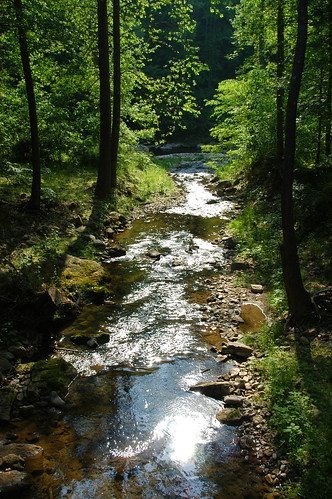Squirrels, though fascinating and cute to observe, can become a nuisance when they invade your home. They are notorious for gnawing on wooden structures and electrical wires causing significant damage. Many homeowners and property managers use professional services to conduct an appropriate squirrel removal procedure. However, squirrel removal does not just end with the pest control response. It requires a well-thought-out follow-up process to ensure the prevention of future invasions. Here, we will offer practical tips and instructions on how to follow up after a squirrel removal exercise for a safer and squirrel-free living environment.
Once the professional pest control company has successfully carried out the squirrel removal process, take the first step in the follow-up by ensuring your environment is now free from these critters. A thorough inspection of your property, particularly the attic, garages, and any outlying structures, is essential. Look for entry points such as broken vents, gaps in siding or roof, and holes or cracks in the building’s exterior. Seal these up promptly with sturdy, squirrel-proof materials. You can employ the services of a handyman or contractor if the procedure is too complex. Remember that squirrels have sharp teeth and can gnaw through certain materials, making it crucial to choose something robust like hardware cloth, sheet metal, or aluminium.
The next step is crucial in making your property less attractive for squirrels. This involves maintaining a clean exterior and interior environment as unkempt areas could just be a welcome sign to these creatures. Regularly clear your garden of fallen fruits or nuts, bag and properly dispose of trash, and avoid leaving pet food out all day. Ensure that bird feeders are squirrel-proof or are hung very high. These action steps significantly lower the chances of a squirrel finding a reason to explore your property.
Trim tree branches that hang too close to your house as they provide easy access routes for squirrels. You might also want to consider installing squirrel guards or baffles on trees situated close to your property. Squirrel baffles are protective devices designed to prevent squirrels from climbing up the trunk of a tree. They work by creating a barrier that squirrels can’t get around or over. This will go a long way to deter these critters from gaining easy access to your property.
Also, adopt an effective monitoring routine. Keep a close eye on specific areas where you’ve noticed squirrel invasion before. You can also consider investing in a motion-sensor surveillance system or wildlife cameras to alert you to any unusual activities in these areas. This allows you to respond promptly and possibly prevent another infestation before it’s too late. However, remember to check local laws and regulations before installing any surveillance systems.
Lastly, it is important to educate yourself and the other occupants of your property about squirrels and their behavior. Recognizing the signs of a squirrel infestation (droppings, noises of scurrying in the walls or attic, sightings of squirrels entering or exiting your home) can help you take swift action. Participating in local programs on wildlife control or engaging with a local pest control unit for an on-site training session can be a tremendous help.
In conclusion, following up appropriately after a squirrel removal process is just as crucial as the removal itself. Implementing these practical maintenance routines can help in keeping your property squirrel-free. However, never try to remove a squirrel infestation yourself as it could lead to a dangerous situation. Always involve a professional pest control company given that they have the tools, equipment, and expertise needed. After professional removal, your main role is effective management to ensure the squirrels do not return for another round of nuisance.
Rock Gap Rd, West Virginia
By D.Clow – Maryland on 2006-05-27 16:57:30
